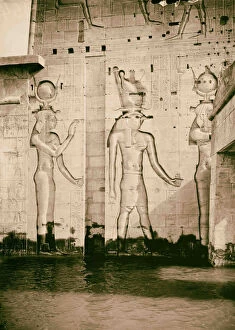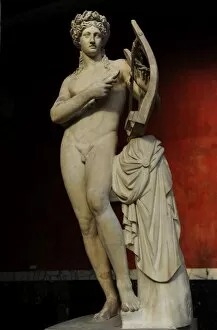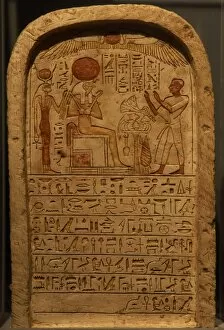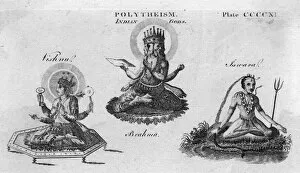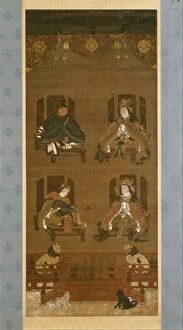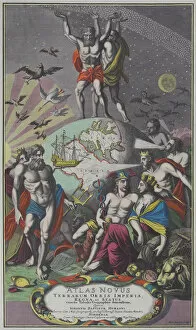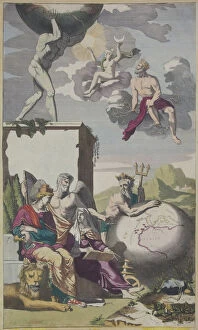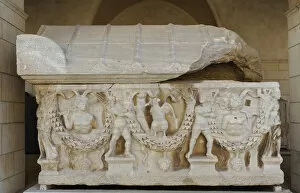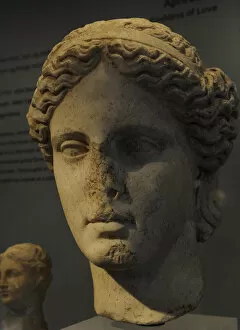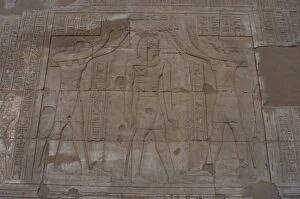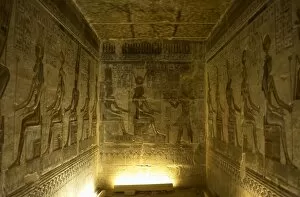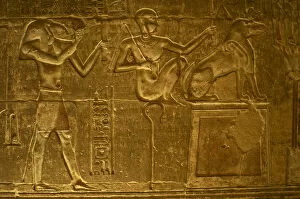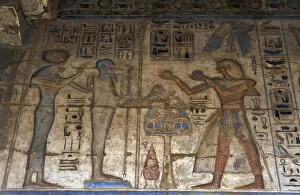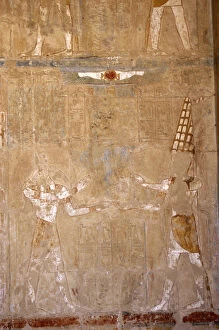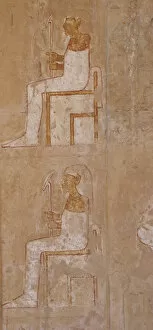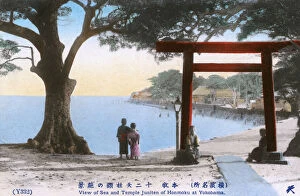Deities Collection (#14)
Deities, revered across cultures and religions, hold a significant place in human history
For sale as Licensed Images
Choose your image, Select your licence and Download the media
Deities, revered across cultures and religions, hold a significant place in human history. From Guru Nanek to Govind Singh, their teachings have guided countless souls on the path of righteousness. YU-HOANG, an ancient Chinese deity, symbolizes the balance between heaven and earth. A Thangka depicting Green Tara showcases the divine feminine energy that emanates compassion and protection. The Tablet of Shamash reminds us of the beguiling power of the sun-god from 9th-century BC Mesopotamia. Exploring regional beliefs, we encounter Indian deities like Mazu sea goddess in Thian Hock Keng Taoist temple and Hindu God Indra. Their worship reflects both reverence for nature's forces and devotion to spiritual enlightenment. The painted silk depiction of Fuxi and Nuwa discovered in Astana Cemetery reveals mythical figures who shaped humanity's origins with their wisdom. Horus-Seth represents a complex duality within Egyptian mythology – light battling darkness. Intricate artwork like Dharmachakra illustrates Buddhism's Wheel of Transmigratory Existence while Vishnu and Lakshmi stand as epitomes of love, prosperity, and preservation in Hinduism. Lastly, KOAN-KONG (or Koang-Yu), known as the God of War alongside his son KOAN-PING demonstrates how different cultures perceive strength through martial prowess. These diverse deities serve as reminders that spirituality transcends borders; they inspire faith while embodying various aspects such as wisdom, protection or even conflict. Through centuries-old traditions or contemporary practices alike, these gods continue to shape our understanding of divinity across continents.



